Ranalisma Stapf
none
Alismataceae
Cryptocoryne, Echinodorus, Helanthium, Lilaeopsis, Limosella, Littorella, Sagittaria
southeast Asia and tropical and subtropical west Africa
Ranalisma rostrata Stapf
R. rostratum Stapf in Hook.
R. humile (Rich. ex Kunth) Hutch. (may still be traded though no longer commercially available)
information not available
information not available
semi-aquatic to aquatic herb; juveniles submergedsubmerged:
(adj) (syn. submersed) under water; submerged below the water surface
 , adults floating, emergentemergent:
, adults floating, emergentemergent:
(adj) (syn. emersed) with parts raised out of the water; extending up out of the water
 or seasonally terrestrialterrestrial:
or seasonally terrestrialterrestrial:
(adj) growing on land as opposed to living in water

Small stoloniferous rosetterosette:
(n) a radiating cluster of leaves, usually close to the ground at the base of a plant
 . Leaves aerial, floating, or submergedsubmerged:
. Leaves aerial, floating, or submergedsubmerged:
(adj) (syn. submersed) under water; submerged below the water surface
 , basalbasal:
, basalbasal:
(adj) at or pertaining to the base, or point of attachment
 ; petiolepetiole:
; petiolepetiole:
(n) the stalk of a leaf
 long, erect, basalbasal:
long, erect, basalbasal:
(adj) at or pertaining to the base, or point of attachment
 membranous sheath absent on submersedsubmersed:
membranous sheath absent on submersedsubmersed:
see submerged
 leaves; leaf bladeblade:
leaves; leaf bladeblade:
(n) (syn. lamina) the flat, expanded part of a leaf, frond, or petal (excluding, e.g., the petiole)
 linear to ellipticelliptical:
linear to ellipticelliptical:
(adj) in the form of an ellipse (oval)
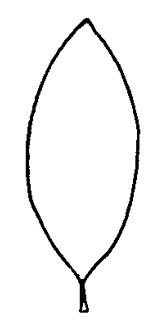 , or linear- lanceolatelanceolate:
, or linear- lanceolatelanceolate:
(adj) lance-shaped; widest point below the middle, tapering to the apex
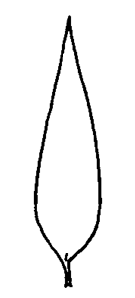 ; apexapex:
; apexapex:
(n) the point farthest from the point of attachment; the tip (often pointed)
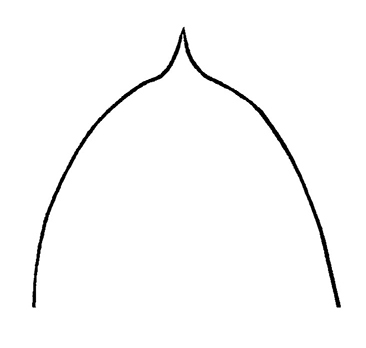 rounded, slightly acuteacute:
rounded, slightly acuteacute:
(adj) tapering to a sharp, pointed apex with more or less straight sides; broader than acuminate; forming an angle of less than 90 degrees
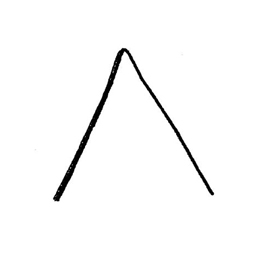 ; base subcordate to cuneatecuneate:
; base subcordate to cuneatecuneate:
(adj) wedge-shaped; triangular, with narrow end at the base
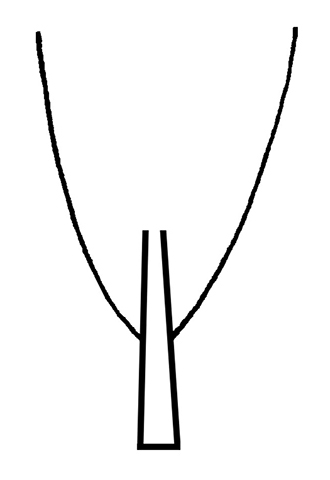 ; marginmargin:
; marginmargin:
(n) edge; rim
 entireentire:
entireentire:
(adj) having a continuous margin that is not toothed or lobed
 ; venationvenation:
; venationvenation:
(n) the arrangement of veins in a leaf
 pinnate or midveinmidvein:
pinnate or midveinmidvein:
(n) the primary, usually central vein of a leaf or leaflet
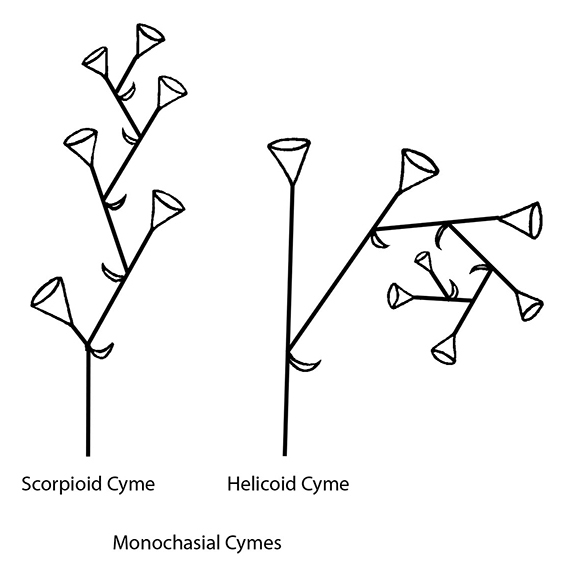 only when submergedsubmerged:
only when submergedsubmerged:
(adj) (syn. submersed) under water; submerged below the water surface
 . Inflorescenceinflorescence:
. Inflorescenceinflorescence:
(n) the arrangement of flowers on the floral axis
 radicalradical:
radicalradical:
(adj) (of leaves) proceeding from the root, as in basal leaves clustered at the base of the stem
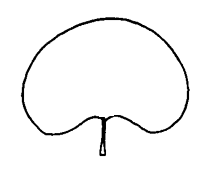 , solitary flower or 2-3-flowered umbelumbel:
, solitary flower or 2-3-flowered umbelumbel:
(n) a flat to convex inflorescence in which the flower pedicels (called rays) all arise from the same point
 ; pedunculatepedunculate:
; pedunculatepedunculate:
(adj) borne on or possessing a peduncle
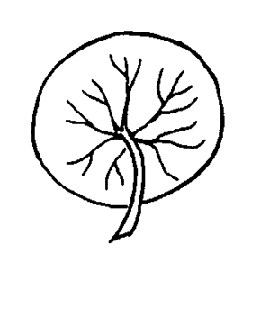 ; bracts 2, slightly keeledkeeled:
; bracts 2, slightly keeledkeeled:
(adj) having a keel; sharply creased
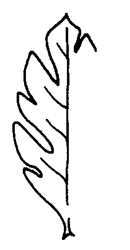 , basally fused; laterallateral:
, basally fused; laterallateral:
(adj) on or pertaining to the side of an organ or structure
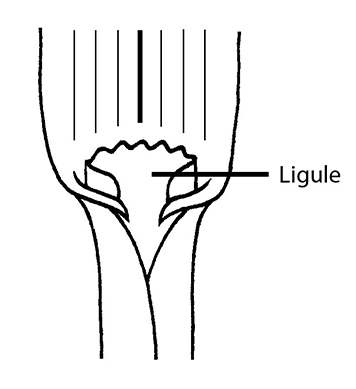 flowers occasionally replaced by vegetativevegetative:
flowers occasionally replaced by vegetativevegetative:
(adj) (1) pertaining to or to the growth of plant organs or plant parts that have nonreproductive functions, such as leaves, roots, stems, etc.; (2) concering non sexual propagules such as tubers, turions, stem fragments, root crowns, rhizomes
 buds, pedunclepeduncle:
buds, pedunclepeduncle:
(n) the stalk of a flower cluster or inflorescence
 becomes stolonstolon:
becomes stolonstolon:
(n) an above-ground stem growing more or less horizontally and often forming adventitious roots at the nodes
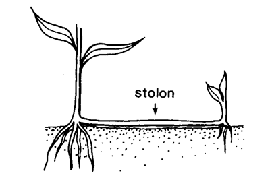 -like and buds develop into new plants. Flowers pedicellatepedicellate:
-like and buds develop into new plants. Flowers pedicellatepedicellate:
(adj) borne on a pedicel
 ; sepals 3, broadly ellipticelliptical:
; sepals 3, broadly ellipticelliptical:
(adj) in the form of an ellipse (oval)
 , apexapex:
, apexapex:
(n) the point farthest from the point of attachment; the tip (often pointed)
 obtuseobtuse:
obtuseobtuse:
(adj) with a blunt or rounded apex and sides coming together at an angle of more than 90 degrees
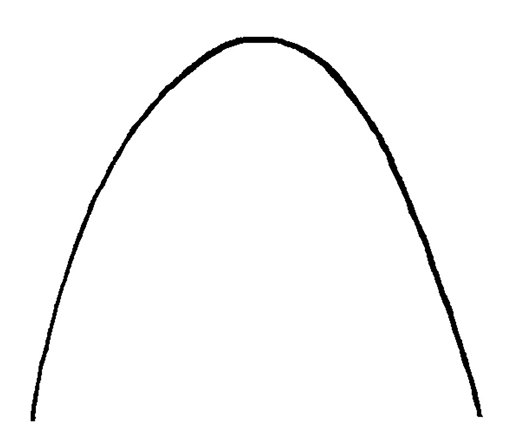 , reflexedreflexed:
, reflexedreflexed:
(adj) abruptly curved or bent downward
 in fruit, persistentpersistent:
in fruit, persistentpersistent:
(adj) (of leaves etc,) remaining attached; not being dropped or falling off
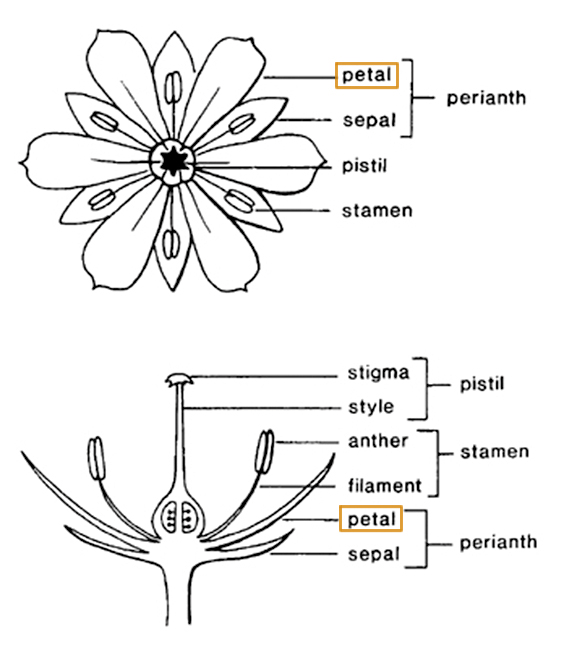 , light green; petals 3, ellipticelliptical:
, light green; petals 3, ellipticelliptical:
(adj) in the form of an ellipse (oval)
 to obovateobovate:
to obovateobovate:
(adj) ovate, with the narrow end at the base
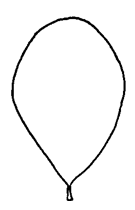 , alternatealternate:
, alternatealternate:
(adj) (of leaves) bearing one leaf per node; placed singly on the stem at different heights
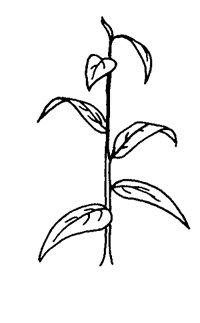 with sepals, larger, white; receptaclereceptacle:
with sepals, larger, white; receptaclereceptacle:
(n) the portion of the pedicel on which the flowers are borne, or in the Asteraceae, the portion of the peduncule upon which the florets of the head are borne
 convex; stamens 9, filaments filiformfiliform:
convex; stamens 9, filaments filiformfiliform:
(adj) thread-like; long and thin
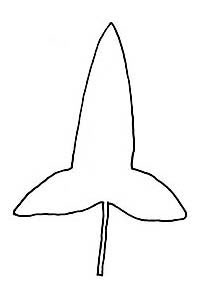 , anthers oval; carpels numerous, free, spirally arranged, stylestyle:
, anthers oval; carpels numerous, free, spirally arranged, stylestyle:
(n) in a flower, the narrow and elongated part of the pistil between the stigma and the ovary
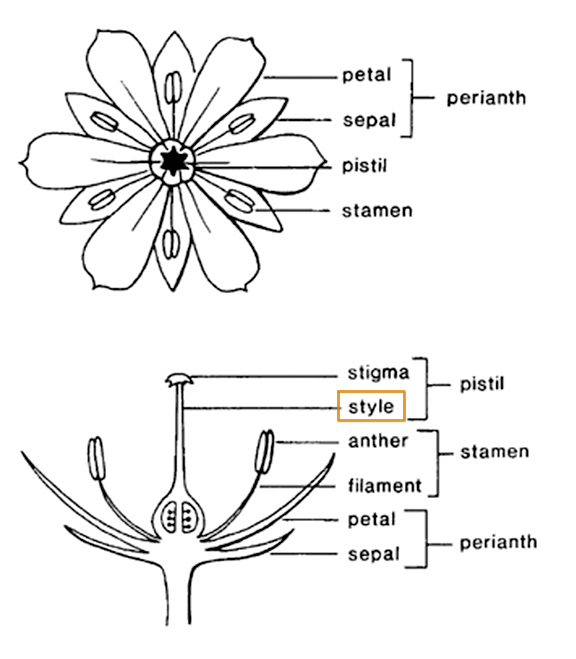 erect, beaked.
erect, beaked.
open swamps and marshes
The growth form of Ranalisma varies considerably; its submersedsubmersed:
see submerged
 leaves are narrow and lanceolatelanceolate:
leaves are narrow and lanceolatelanceolate:
(adj) lance-shaped; widest point below the middle, tapering to the apex
 and its emersedemersed:
and its emersedemersed:
see emergent
 leaves are ellipticalelliptical:
leaves are ellipticalelliptical:
(adj) in the form of an ellipse (oval)
 . It forms dense mats through prolific production of stolons. Ranalisma consists of four species that are occasionally placed in Echinodorus.
. It forms dense mats through prolific production of stolons. Ranalisma consists of four species that are occasionally placed in Echinodorus.